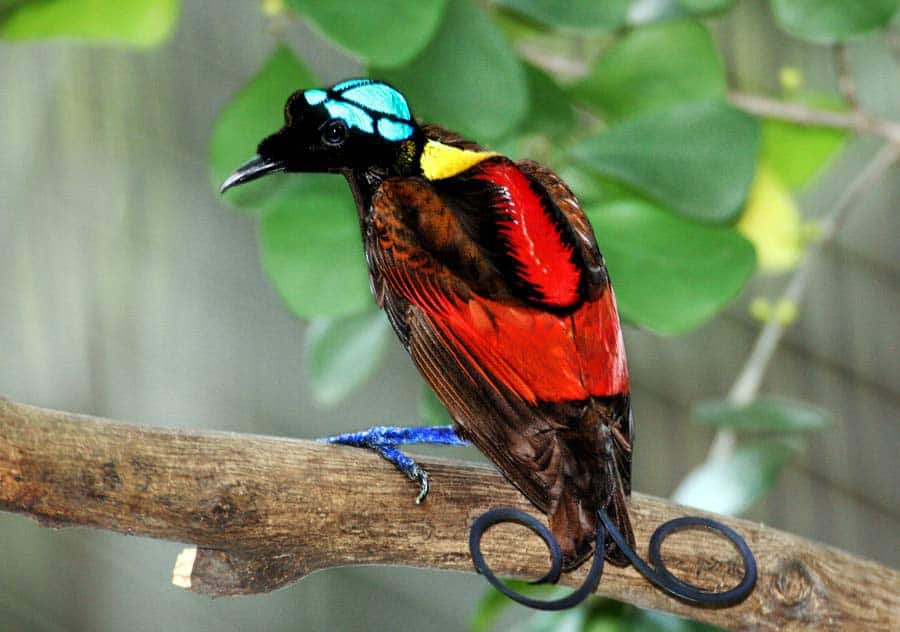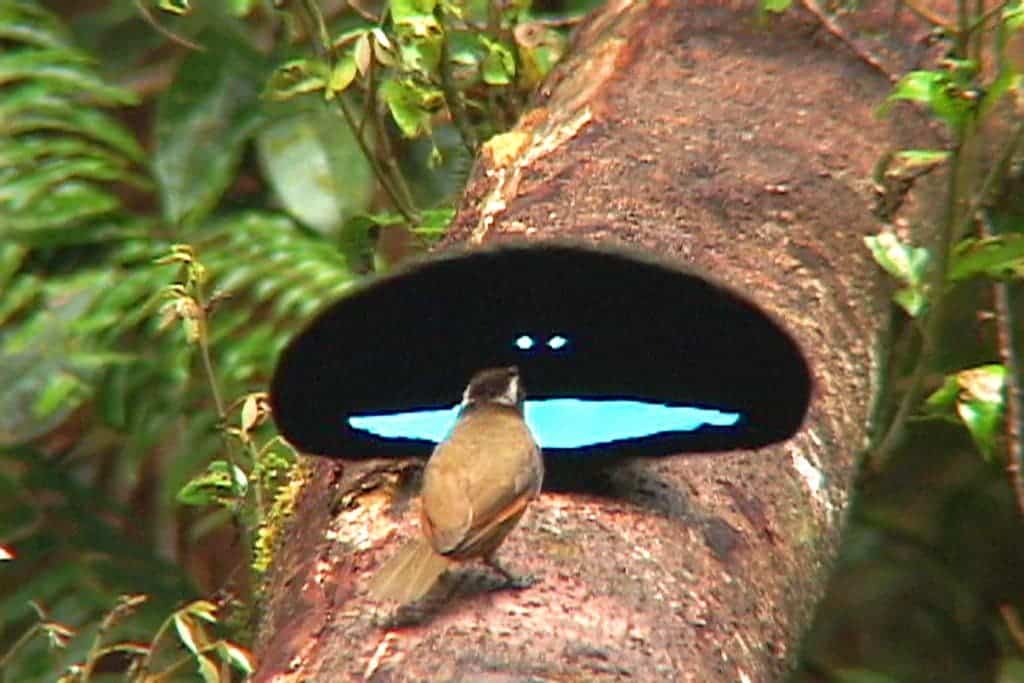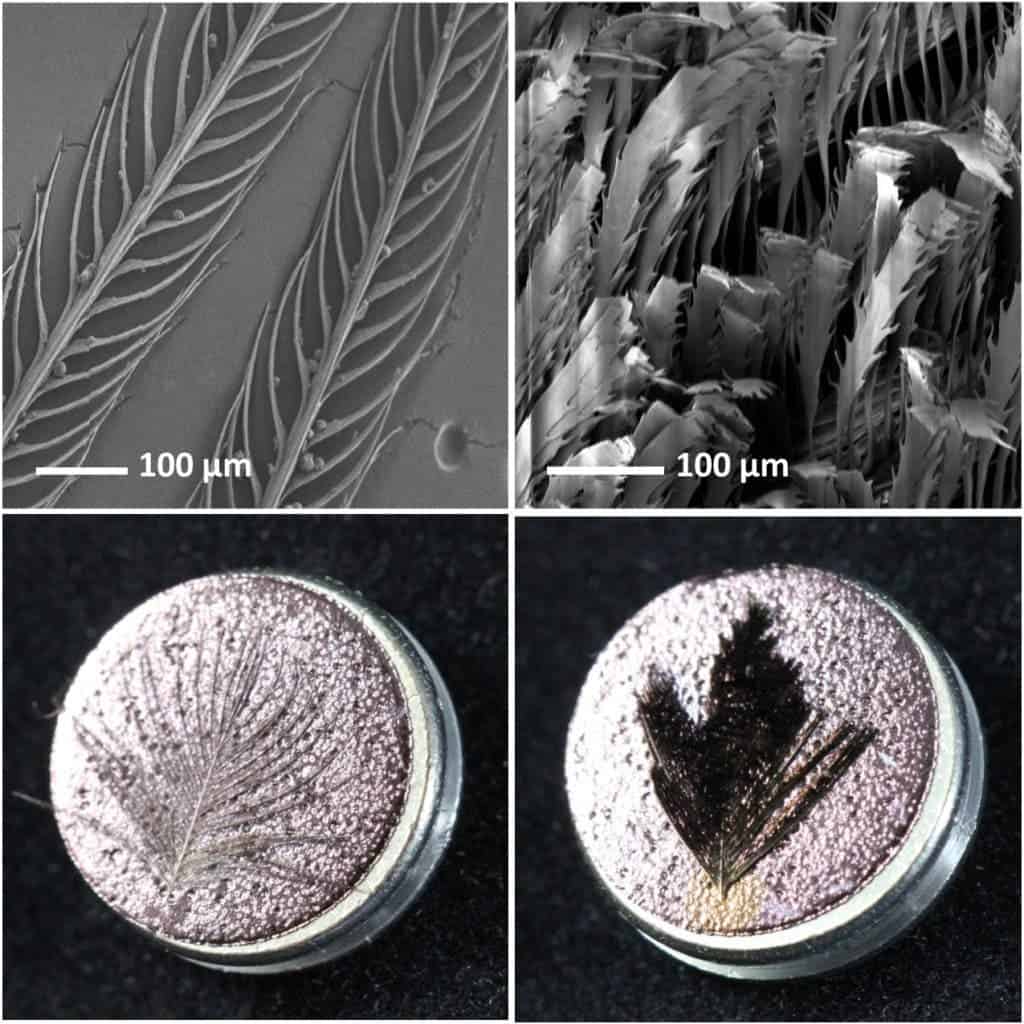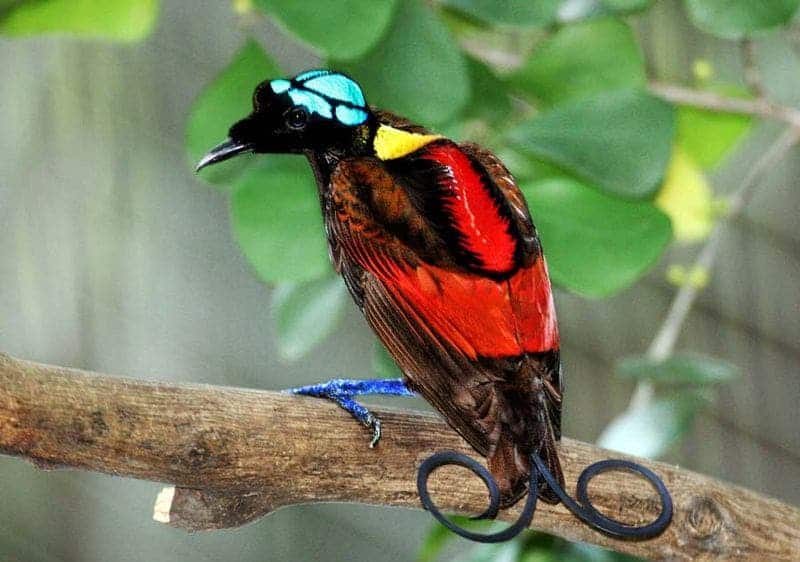Black, often touted as the world’s sexiest color by men and women alike, is also preferred by birds of paradise, a new study reports.

Birds of paradise are especially known for the highly elongated and elaborate feathers extending from their beak, wings, tail or head. Like with other bird species, the males rely on their brightly colored plumage and ritualized dances to impress females. But it’s not just the colors that get the ladies.
For a while, biologists have known that the deep, dark, velvety plumage of male birds of paradise increases the odds of finding a mating partner. Now, researchers have studied exactly how and why these black feathers became so black — and so attractive.

They analyzed six species of birds-of-paradise, native to Papua New Guinea, Indonesia, and Australia, finding that the black plumage of some male birds of paradise is no regular black. The dark feathers have a strikingly matte appearance, appearing profoundly darker than those from other closely related species.
This surprising feature, researchers say, emphasizes their other colors even more, as the black-feather barrier absorbs 99.95% of light, making surrounding colors seem brighter and more vibrant.
“The juxtaposition of darkest black and colors create to bird and human eyes what is essentially an evolved optical illusion,” explains Harvard University evolutionary biologist Dakota McCoy who co-authored the study with researchers from Yale University and the Smithsonian National Museum of Natural History.
“This study shows us that black makes us glow,” says McCoy.

Using a range of advanced techniques including spectrophotometry and scanning electron microscopy, researchers showed that the super black feathers have highly modified barbules — small filaments projecting from the barb of a feather. These barbules are arranged in vertically tilted arrays, significantly increasing light scattering. As a result, the feathers are up to a hundred times less reflective than normal black feathers.
Researchers say that this isn’t only intriguing from a biological standpoint — engineers might also have something to learn from the evolution of birds of paradise. Dark materials can be quite important, for both aesthetic and economic reasons. The world’s darkest material, Vantablack, absorbs 99.96% of visual light — only slightly higher than the birds’ feathers. Using what we’ve learned from these magnificent creatures, engineers can go darker than ever before.
Journal Reference: Dakota E. McCoy et al. Structural absorption by barbule microstructures of super black bird of paradise feathers. DOI: 10.1038/s41467-017-02088-w



